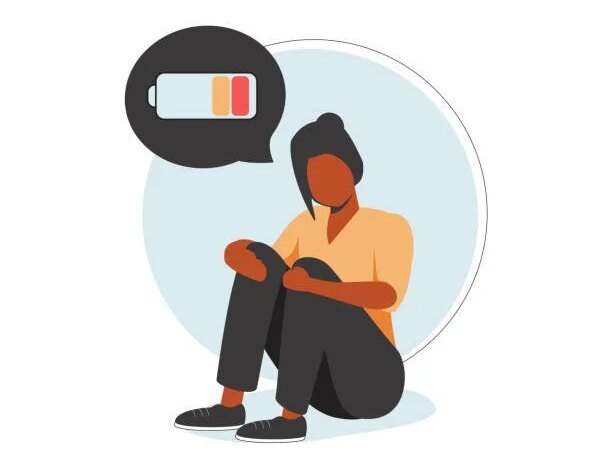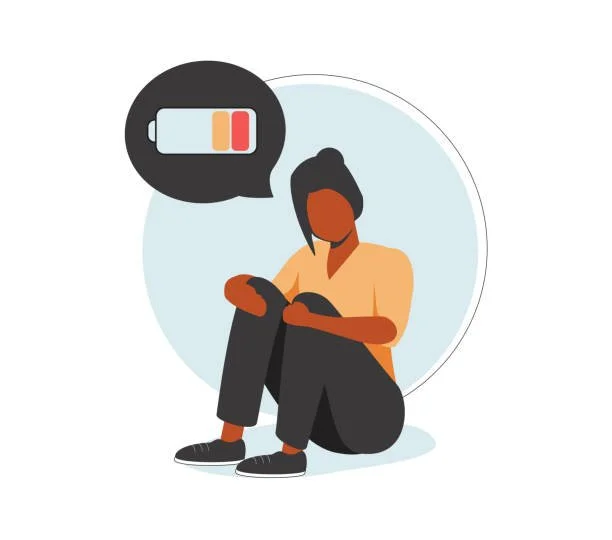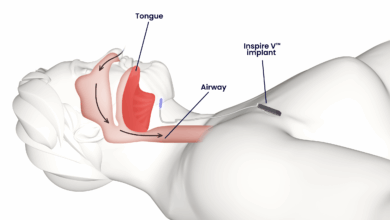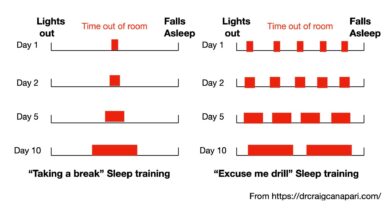Benefits and Drawbacks — REM Reward


The Benefits of Napping
On the positive side, napping has been shown to have several benefits on both cognitive and physical performance:
1. Enhanced Cognitive Function:
– Memory and Learning: Napping can improve memory consolidation, making it easier to retain information. A study published in Nature Neuroscience found that a 90-minute nap can significantly enhance learning and memory performance (Mednick et al., 2003).
– Alertness and Performance: Short naps can improve alertness and performance, especially in tasks that require sustained attention. The National Sleep Foundation states that a 20-30 minute nap can enhance mood, alertness, and performance.
2. Physical Benefits:
– Physical Performance: Athletes often use napping as a tool to boost performance. Napping can help reduce fatigue and improve endurance, reaction times, and motor skills.
– Stress Reduction: Napping can lower stress levels and improve overall mood, acting as a quick reset for your mind and body.
The Drawbacks of Napping
Despite these benefits, napping can also have some downsides, particularly if not done correctly:
1. Sleep Disruption:
– Nighttime Sleep: Napping too late in the day or for too long can disrupt your nighttime sleep. According to Dr. Matthew Walker, author of Why We Sleep, napping after 3 PM can interfere with your ability to fall asleep at night (Walker, 2017).
2. Sleep Inertia:
– Grogginess: Naps that are too long can lead to sleep inertia, a state of grogginess and disorientation that can last for several minutes to half an hour after waking up. This is particularly common after waking from deep sleep stages.




